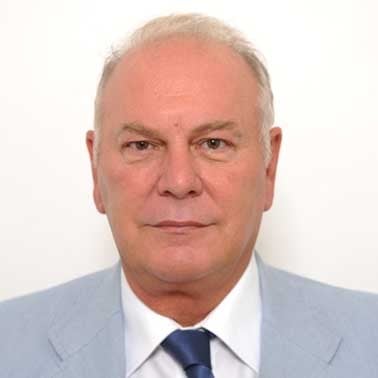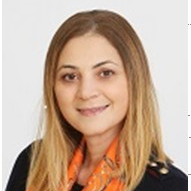Novel Insights in Biosensors, Diagnostic Technologies and Surgical Methodologies for Medical Applications Furthermore, Oral Surgery
A special issue of Bioengineering (ISSN 2306-5354). This special issue belongs to the section "Regenerative Engineering".
Deadline for manuscript submissions: closed (28 February 2024) | Viewed by 6249
Special Issue Editors
Interests: SARS-CoV-2; COVID-19; oral diseases; vaccines
Special Issues, Collections and Topics in MDPI journals
Interests: stem cells regeneration tissue; dental disease; dental biomaterials; orthodontic diseases; orthodontic innovation; oral surgery
Special Issues, Collections and Topics in MDPI journals
Interests: SARS-CoV-2; COVID-19; bone regeneration; biomaterials
Special Issues, Collections and Topics in MDPI journals
Interests: stem cells regeneration tissue; dental disease; dental biomaterials; orthodontic diseases; orthodontic innovation; oral surgery
Special Issues, Collections and Topics in MDPI journals
Interests: digital dentistry; augmented reality; orthodontics; digital imaging
Special Issues, Collections and Topics in MDPI journals
Interests: oral health; laser in dentistry; laser coagulatio; laser therapy
Special Issues, Collections and Topics in MDPI journals
Interests: N95 respirators; surgical mask; protective face masks; COVID-19; infection control; thermal infrared imaging; atmospheric plasma technique; X-ray microanalysis; laser; dental implants
Special Issues, Collections and Topics in MDPI journals
Interests: oral surgery; orthodontics; microbiota; oral health; COVID-19; prevention; diagnosis; endodontics; parodontology; implantology
Special Issues, Collections and Topics in MDPI journals
Interests: dental; oral; bone regeneration
Interests: impacted canine; early treatment; dentofacial orthopedics; cleft lip and palate
Special Issues, Collections and Topics in MDPI journals
Special Issue Information
Dear Colleagues,
The recent innovations in the field of biosensor technologies represent an important factor for medical monitoring, diagnostic accuracy, and oral surgery safety. New possibilities due to the increase of sensibility and selectivity of different biosensors, novel scaffold constructs and state-of-the-art surgical techniques are able to improve the knowledge about the biological and biomechanical response to oral tissues and treatments response.
The present Special Issue aims to investigate the recent applications of innovative biosensors for the therapies and healthcare safety in the field of medicine and dentistry
In detail, the in vivo and in vitro original articles, literature reviews and clinical studies will be considered for publication in the present Special Issue.
Prof. Dr. Antonio Scarano
Prof. Dr. Francesco Inchingolo
Prof. Dr. Gianluca M. Tartaglia
Dr. Gianna Dipalma
Dr. Marco Farronato
Dr. Ioana-Roxana Bordea
Dr. Felice Lorusso
Dr. Alessio Danilo Inchingolo
Dr. Cristina Grippaudo
Guest Editors
Dr. Ludovica Nucci
Co-Guest Editor
Manuscript Submission Information
Manuscripts should be submitted online at www.mdpi.com by registering and logging in to this website. Once you are registered, click here to go to the submission form. Manuscripts can be submitted until the deadline. All submissions that pass pre-check are peer-reviewed. Accepted papers will be published continuously in the journal (as soon as accepted) and will be listed together on the special issue website. Research articles, review articles as well as short communications are invited. For planned papers, a title and short abstract (about 100 words) can be sent to the Editorial Office for announcement on this website.
Submitted manuscripts should not have been published previously, nor be under consideration for publication elsewhere (except conference proceedings papers). All manuscripts are thoroughly refereed through a single-blind peer-review process. A guide for authors and other relevant information for submission of manuscripts is available on the Instructions for Authors page. Bioengineering is an international peer-reviewed open access monthly journal published by MDPI.
Please visit the Instructions for Authors page before submitting a manuscript. The Article Processing Charge (APC) for publication in this open access journal is 2700 CHF (Swiss Francs). Submitted papers should be well formatted and use good English. Authors may use MDPI's English editing service prior to publication or during author revisions.















